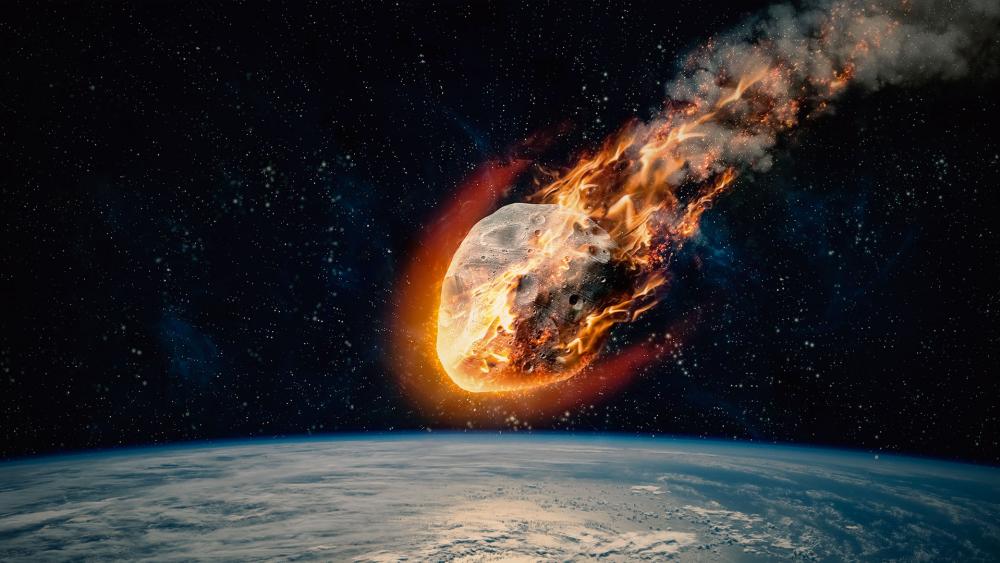
NASA Science, Solar System Exploration (2022). Additionally, to read about the discovery of asteroids, visit the European Space Agency (ESA) website (opens in new tab). To learn more about the differences between comets, meteors and asteroids, you can watch this video on NASA's website (opens in new tab). The remaining 55% of the dust is formed of inorganic minerals, mostly silicates. It analyzed more than 35,000 escaping dust grains and found 45% of them to be carbon-based molecules like proteins, carbohydrates - organic matter which could help in the search for alien life. The Rosetta spacecraft, carrying the Philae lander, rendezvoused with the comet back in August 2014. Discovered in 1969 at the Alma-Ata Observatory in Russia, it made history as the first comet to be orbited and landed on by robots from Earth.

One such comet is 67P/Churyumov–Gerasimenko, but a mission to explore it threw up an intriguing mystery. It's this composition which gives them their distinctive look as they travel through space and evaporation causes their tail. (Image credit: Getty Images) (opens in new tab) What are comets made of?Ĭomets are far more compositionally complex than asteroids, with bits of rock, gas and ice contributing to the way they're made up. Piece of a meteorite identified as coming from the asteroid Vesta. The compositional differences of different types of asteroids are determined by how far from the sun they were formed. They are the third most common and the biggest is called 16 Psyche and is about 120 miles wide. They make up about 17% of the total asteroids in the solar system. These are the second most common and found on the inner edge of the asteroid belt. Then there are the S-types (stony) asteroids which are made up of silicate materials and nickel-iron. These types of asteroids are very dark in appearance and are among the most ancient objects in the entire solar system, having been out there for billions of years. The C-type (chondrite) asteroids are the most common and probably consist of clay and silicate rocks. There are three types of asteroids called C, S, and M types, all with different compositions, according to Arizona State University (opens in new tab). Studying them can provide clues to how our solar system was formed. NASA's Johnson Space Center has a collection of meteorites that acts as a sort of 'meteorite library' for scientists around the world. When such a meteoroid hits the Earth's atmosphere it begins to burn up, creating a fire trail through the sky which is visible to the naked eye.īut sometimes they don't completely evaporate in the atmosphere and hit the Earth, when this happens they're called meteorites.

Sometimes one asteroid can hit another, with a smaller piece breaking off and becoming something called a meteoroid. With all the chaos in the solar system caused by the gravitational pull of the sun and massive planets such as Jupiter and Saturn, things have a tendency to collide. (Image credit: Getty Images) (opens in new tab) What are meteors? F3 comet Neowise blazes over the skies of Northern Greece.


 0 kommentar(er)
0 kommentar(er)
